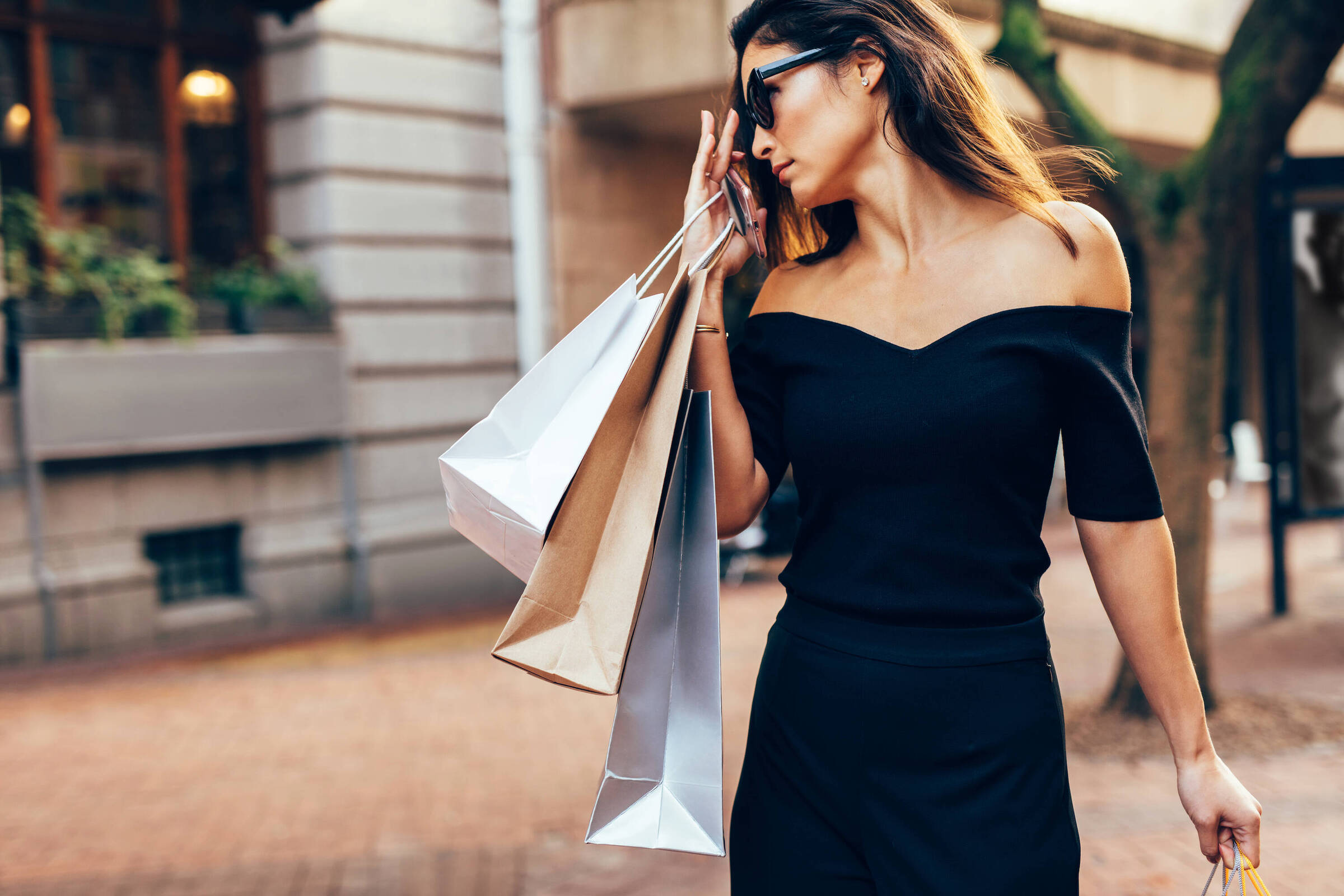Multimedia Infused Malls
Imagine walking along the entrance of a shopping mall in the future. On either side of you, giant multimedia screens change colours and visuals as you press a button on an app. The walls are replicating the colours you desire, the shapes, objects and sounds. Products are advertised in new, innovative ways and you are in control of it all from your smartphone.
Shopping malls of the future will be infused with all of these multimedia, augmented reality elements, offering a unique blend of advanced technology, entertainment and retail experiences.
Outernet Global already sees where the future is going and is ahead of the curve. Launching in 2021, the first venue of its kind, Outernet London, is a state-of-the-art building for art, music, gaming, film, fashion and storytelling. A place where multi-sensory experiences and technology combine to bring all these elements to life in inspirational, ground-breaking ways.
The venue boasts four-storey high, 360-degree, wraparound 8K screens with 4D interactive capabilities. There are places to dine, drink, dance, record music and watch live concerts, plus, with pop-up stores promoting iconic brands, you can sample new products via VR (Virtual Reality) and AR (Augmented Reality), give your feedback and gain free goodies in the process!






















Comments